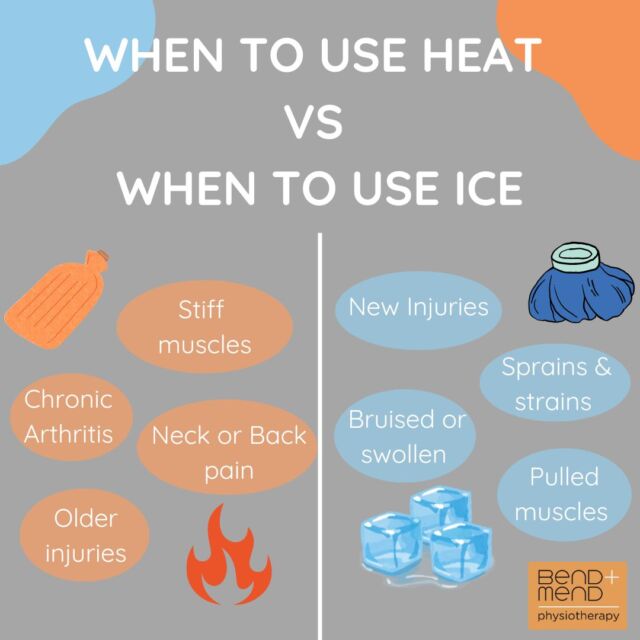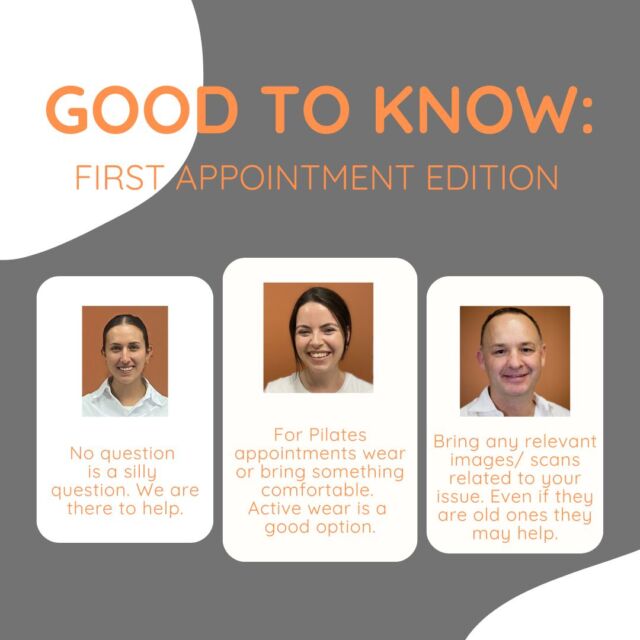Today’s blog is something close to my heart, well actually closer to my wrist. I have experienced a recurrence of a common musculoskeletal condition of the wrist, that is a Ganglion Cyst. I initially experienced this condition in my left wrist in 2014, which had resolved over a 9-12 month period. Seemingly, if it could go wrong, it will go wrong in 2020 so that means I’ve had a recurrence of this condition.
A ganglion cyst or a “bible cyst” is a benign swelling or bulge that often appears around or on joints and tendons in the hand or foot. Ganglion cysts are synovial cysts that are filled with gelatinous mucoid material, and present as a subcutaneous lump or nodule. The approximate size of a ganglion is 1-3cm, but this size can change in time and can also disappear completely.
70% of ganglion cysts are commonly found on the dorsal aspect of the wrist (back of the hand). 20% are located on the palmar aspect of the wrist. 10% can arise from multiple areas in the body: Fingers, Ankle and Foot.
Epidemiology
Ganglion cysts account for 60% to 70% of soft-tissue masses found in the hand and wrist. Although they can form at any age, they are most commonly found in women between the ages of 20 to 50. Women are three times more likely to develop a ganglion cyst than men. These cysts are also frequently encountered among gymnasts, likely secondary to repetitive trauma and stress of the wrist joint.
Symptoms
Patients may present with pain (65% of cases are painful – especially in the initial stages), tenderness, or weakness that is exacerbated by wrist motion.
Although the size of the cyst is the common reason for patients to seek medical attention, there is no clear association with pain and size of the cyst.
Activities that cause increased stress on the wrist are often painful, for myself bench press, push ups and other exercises that involve loaded wrist extension can cause short term discomfort.
Cause
Although the exact cause of the development of ganglion cysts is unknown, they are believed to arise from repetitive microtrauma resulting in degeneration of connective tissue.
How are they Diagnosed
Majority of ganglion cysts can be diagnosed with appropriate subjective history taking and physical examination. MRI is usually not indicated for ganglion cysts unless there is a concern for a possible solid tumor. Ultrasound can be used to differentiate a cyst from a vascular malformation and to avoid accidental puncture of the radial artery during needle aspiration of a cyst, particularly useful for palmar located wrist ganglions.
How are they Managed
Many ganglion cysts (38%-58%) can disappear without any treatment at all. If the ganglion is asymptomatic, then you should be reassured that the cyst is benign and that it may spontaneously improve.
Aspiration of the cyst is another option of non-surgical management. Aspiration involves placing a needle/syringe into the cyst and drawing the liquid material out, and then injecting a steroid compound into the cavity. Aspiration is a beneficial and simple option for acute management but does have its limitations. There is a relatively high recurrence rate of cysts that have been aspirated, and aspiration of the palmar/volar wrist ganglion cysts is not generally performed due to their proximity to the radial artery.
Surgery is indicated for patients with continuing symptoms who have failed conservative management. Surgical excision remains the gold standard for the treatment of ganglion cysts. The surgical techniques include excision of the entire ganglion complex, including cyst, pedicle, and a cuff of the adjacent joint capsule.
How they are not Managed
An old home remedy for a ganglion cyst consisted of “thumping” the cyst with a heavy object. Hence the nickname “bible cyst”, as historically it was suggests that hitting the cyst with a bible was a management option. This isn’t a good solution because the force of the blow can damage surrounding structures in your hand or foot. Also don’t try to “pop” the cyst yourself by puncturing it with a needle. This is unlikely to be effective and can lead to infection.
The role of physiotherapy is to restore function of the wrist or foot/ankle, if you have experienced wrist pain and disability you may benefit from seeking physiotherapy management in establishing a treatment plan.







